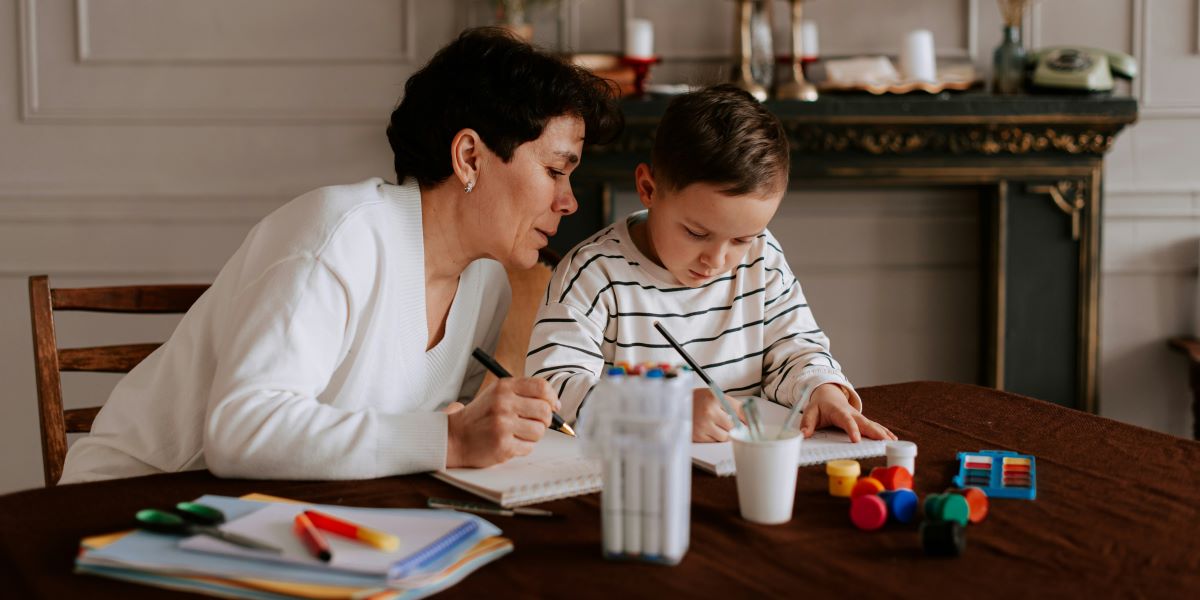Understanding the foundational elements of layout and storyboarding, as well as design principles and techniques, is vital in various creative fields, from film to digital media. Mastery of these ensures that visual narratives are compelling and coherent, guiding viewers seamlessly through the intended message or story. As technology evolves, these fields adapt, incorporating new tools and processes that enhance creativity and efficiency. In this overview, Bruno Amezcua highlights the key concepts and trends in layout and storyboarding, emphasizing the need for constant learning and adapting to changes in technology.
Essentials of Layout and Storyboarding
Understanding layout and storyboarding is crucial for professionals in various creative industries. Layout refers to the arrangement of visual elements on a page or screen, which includes everything from text to images. Its practical use ensures the content is aesthetically pleasing and properly organized. On the other hand, storyboarding is used primarily in film and animation. It involves sketching out scenes in a sequence to visualize the narrative flow, which helps in planning and communication throughout the production process.
The origins of storyboarding and layout trace back to the early days of print and film. Historically, artists and designers used layout to structure space in paintings, manuscripts, and commercial advertising. Filmmakers like Walt Disney first adopted storyboards in the 1930s to pre-visualize animated films. Since then, both fields have evolved significantly, adapting to new technologies and expanding digitally. Today, they are integral to content production, providing a framework that guides the creative process and ensures that the final product effectively communicates its intended message.
As these techniques have grown, they’ve become more sophisticated and integral to the success of creative projects. Professionals now have various tools and software designed to streamline the design and implementation of layouts and storyboards. This evolution reflects broader design and media production trends, emphasizing the importance of these foundational skills in crafting compelling visual stories.
Effective Narrative
Creating effective storyboards is crucial for conveying a film’s narrative and visual style, and adhering to some key design principles can enhance this process. Start by breaking down the script into manageable sequences to capture essential moments, ensuring each frame serves a clear purpose in advancing the story. Use diverse shot types, such as wide shots for establishing scenes and close-ups for emotional impact, to maintain visual interest and narrative clarity. Maintain a consistent layout and spacing between frames to foster readability and flow; this helps collaborators quickly understand the sequence of events. Incorporate directional arrows and notes for camera movements and transitions to guide the filming process accurately. Finally, embrace flexibility—storyboards are a blueprint, not a final product, allowing room for adaptation as the project evolves. By combining creativity with thoughtful organization, filmmakers and media designers can create compelling visual narratives that serve as a solid foundation for their cinematic journey.
Storyboarding Techniques
Storyboarding is a vital planning tool that allows creators to outline visual narratives and explore different storytelling techniques before production begins. This process involves sketching scenes sequentially, which helps visualize the characters’ motion and the narrative’s progression. This technique is not just limited to the film and animation industries. It is also utilized in the planning stages of advertising campaigns and interactive media, aiding teams in syncing their creative visions.
Professionals in this field often rely on various software to enhance their storyboard creations. Digital tools like Storyboard That and FrameForge offer features that allow artists to add intricate details and experiment with angles and perspectives, which traditional pen-and-paper storyboards might limit. These digital solutions also facilitate more accessible modifications and faster iteration, making the pre-production process more efficient and flexible. This approach to storyboarding highlights its importance in efficiently executing a project. It ensures that all team members are aligned with the project’s vision from the beginning.
Integrating Layout and Storyboarding
The integration of layout and storyboarding is vividly demonstrated in the film industry, where directors and cinematographers collaborate to bring a script to life. This integration is equally crucial in animation and website design. Animated features rely heavily on storyboards to ensure that every sequence is visually coherent and aligns with the narrative arc. Similarly, in website design, layout plays a pivotal role in how content is experienced by users, ensuring that information is not only accessible but also engaging.
Current Challenges and Technological Impacts
Navigating the evolving landscape presents numerous challenges, particularly with the steady introduction of new technologies. Designers must continually adapt to changes in software and hardware while also addressing the increasing demand for mobile-responsive designs and immersive digital experiences. The rise of virtual and augmented reality technologies offers new avenues for storytelling and user interaction, pushing the boundaries of traditional layout and storyboarding techniques.
Looking Ahead: Future Trends and Learning Resources
Advancements in artificial intelligence and machine learning are set to influence layout and storyboarding. These technologies are beginning to automate some of the more routine aspects of design, allowing professionals to focus on more creative activities. To stay ahead, designers and storytellers are encouraged to engage with online courses, workshops, and industry conferences. Engaging with these resources helps improve skills and provides valuable networking opportunities within the community.
Published By: Aize Perez






